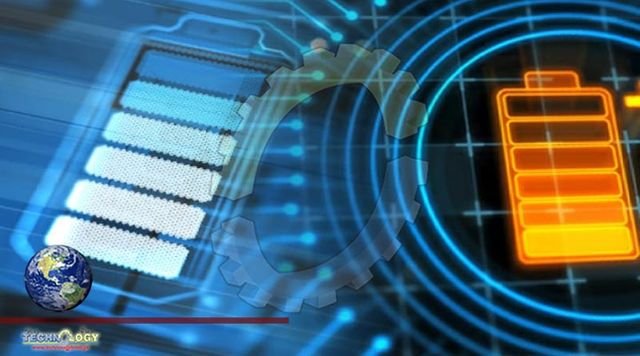In order to increase the quality of the electricity in urban areas, a new energy storage idea suggests that we transform tall buildings into batteries.

Turning Buildings Into Batteries To Cheaply Improve Power Quality In order to ensure that the supply and demand of electricity are appropriately balanced, energy storage technologies are becoming more necessary due to the significant decline in the cost of renewable energy sources, such as wind and solar power. The electricity quality in metropolitan areas may be improved by using a novel energy storage idea proposed by International Institute for Applied Systems Analysis (IIASA) researchers, which could transform tall buildings into batteries.
The ability of the globe to produce electricity via the use of solar energy, wind power, and other renewable technologies has been growing significantly over the last few years, and by 2026, it is anticipated that this capacity will have increased by more than 60% from 2020 levels. This is equal to the combined present total global power capacity of nuclear and fossil fuels. The International Energy Agency estimates that through 2026, renewable energy sources will actually be responsible for about 95% of the growth in the world’s power capacity, with solar photovoltaics accounting for more than half of that increase. But to advance toward a low- or zero-carbon society, innovative solutions are needed, as well as an alternative to conventional energy systems for energy storage and consumption.
In their study that was recently published in the journal Energy, IIASA researchers proposed a novel gravitational-based energy storage system that makes use of elevators and vacant apartments in tall buildings. This strange concept, named Lift Energy Storage Technology (LEST) by the authors, stores energy by lifting wet sand containers or other high-density materials that are remotely moved in and out of a lift using autonomous trailer devices. LEST is an intriguing possibility since high-rise buildings already have elevators built, thus there is no need for more investment or space occupancy but rather uses what is already there in a novel manner to produce value for the electrical grid and the building owner.
“I have always been fascinated with topics involving potential energy, in other words, generating energy with changes in altitude, such as hydropower, pumped-storage, buoyancy, and gravity energy storage. The concept of gravity energy storage has also recently received significant attention in the scientific community and start-ups. The concept of LEST came to me after having spent a considerable amount of time going up and down in a lift since recently moving into an apartment on the 14th floor,” explains lead author Julian Hunt, a researcher in the IIASA Sustainable Service Systems Research Group.
In their study that was recently published in the journal Energy, IIASA researchers proposed a novel gravitational-based energy storage system that makes use of elevators and vacant apartments in tall buildings. This strange concept, named Lift Energy Storage Technology (LEST) by the authors, stores energy by lifting wet sand containers or other high-density materials that are remotely moved in and out of a lift using autonomous trailer devices. LEST is an intriguing possibility since high-rise buildings already have elevators built, thus there is no need for more investment or space occupancy but rather uses what is already there in a novel manner to produce value for the electrical grid and the building owner.
Source: This news is originally published by scitechdaily